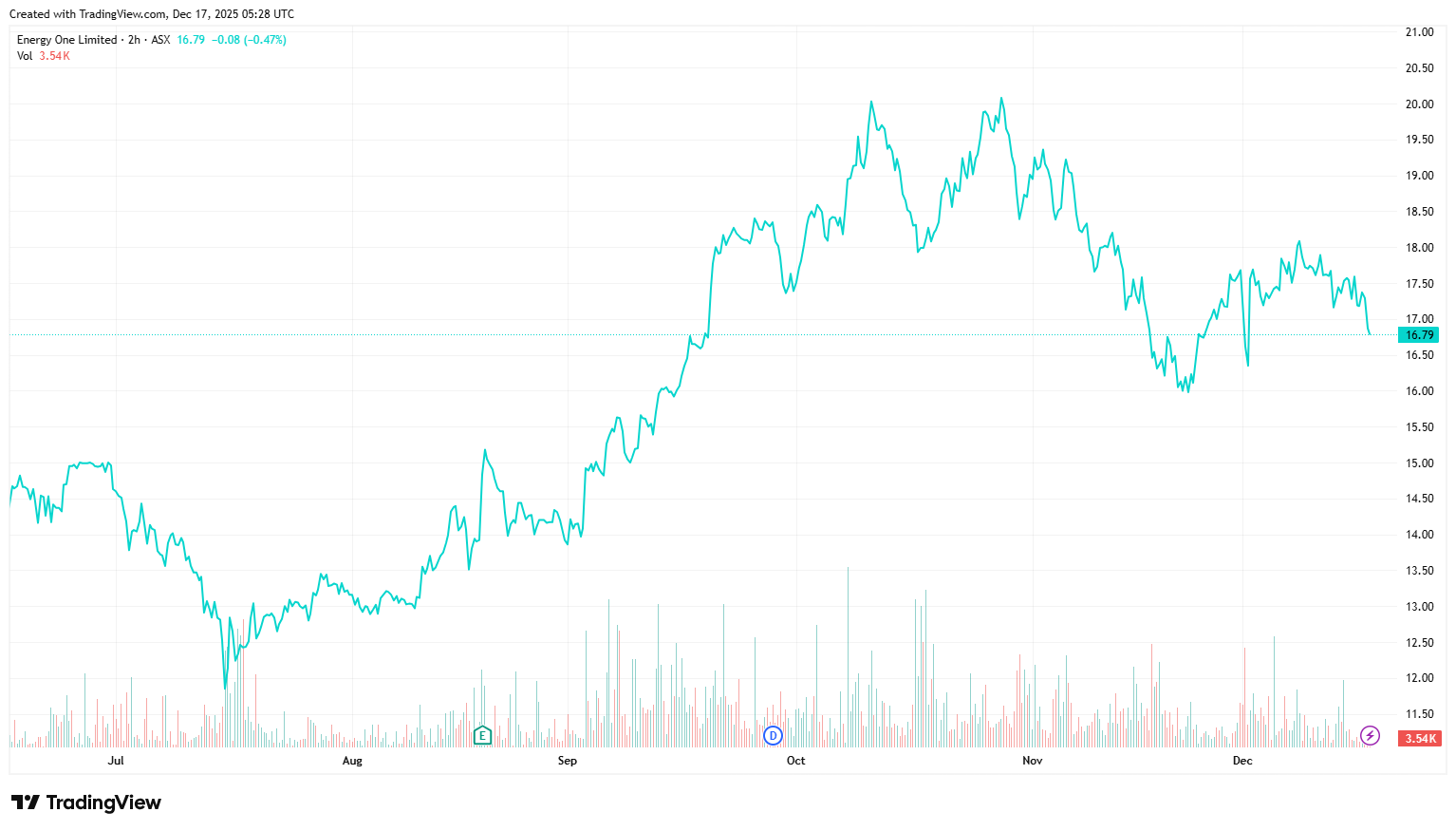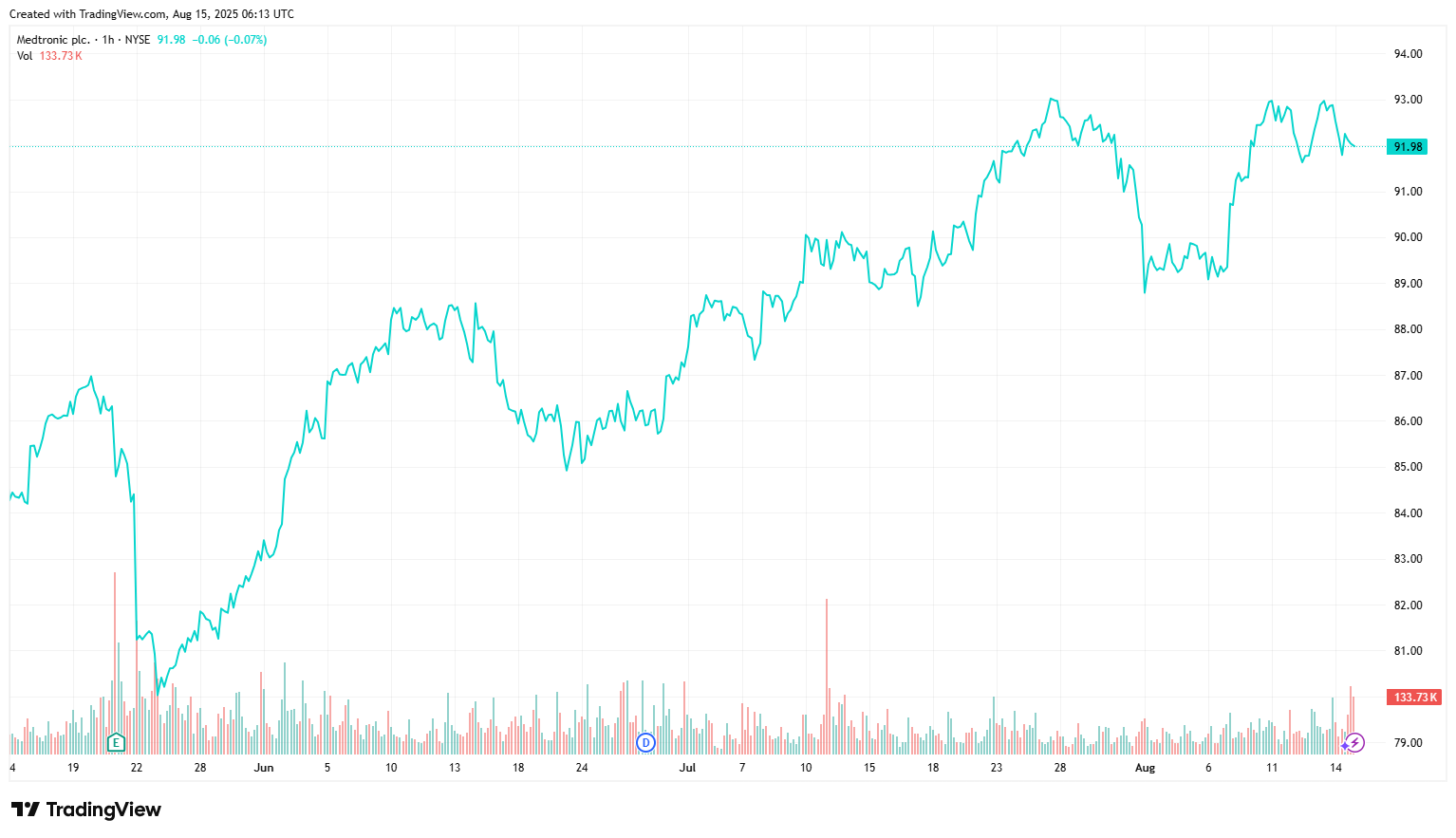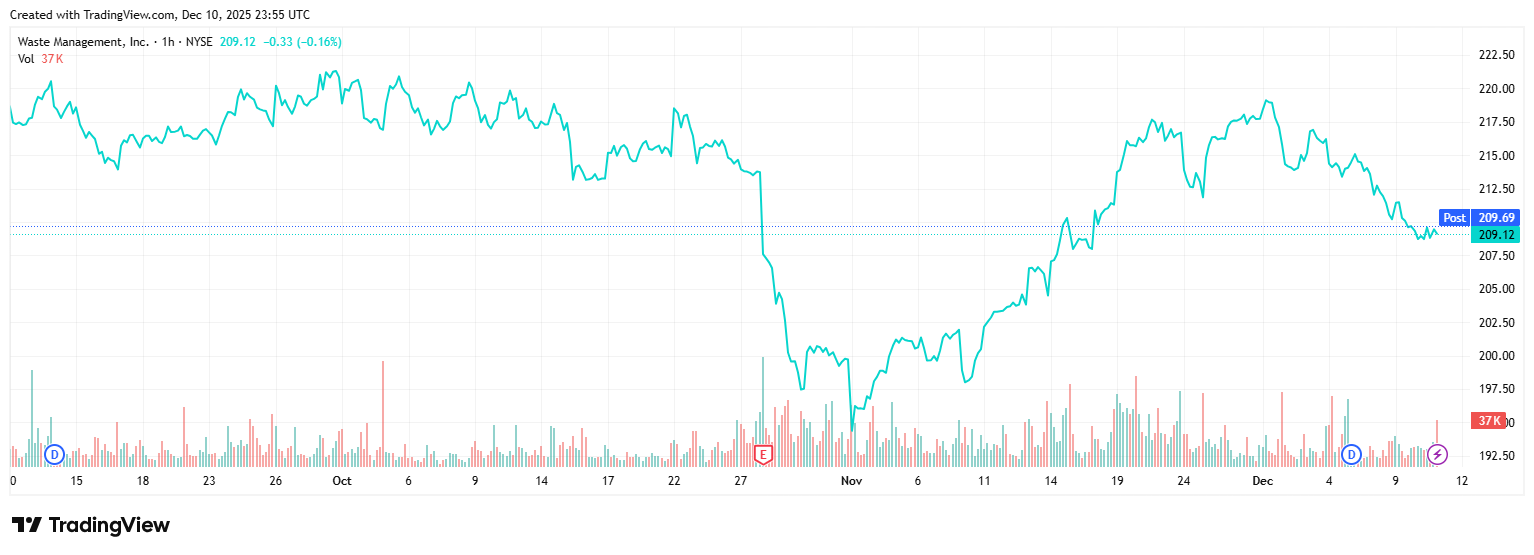Recent economic data shows a cooling US economy. Growth slowed to an annualised pace of about 1.5% in the first half of the year, down from 2.5% last year, as consumer spending lost momentum. At the same time, the labour market has weakened, with job gains averaging just 29,000 per month over the past quarter. The unemployment rate has ticked up to 4.3%, while wage growth has eased.
Inflation remains sticky. Prices are running at 2.7% year-on-year, with core inflation at 2.9%. This is still above the Fed’s 2% target, partly reflecting higher costs in goods linked to tariffs. The Fed’s modest cut suggests it is fine-tuning policy to support growth without rushing into large-scale stimulus.
Potential Implications for ASX and US Holdings
For Australian equities, the impact of a weaker US dollar is often most visible in the resources sector. Commodities priced in US dollars, such as gold and energy, typically gain support when the greenback softens. This dynamic can provide a more favourable backdrop for miners and energy producers, particularly at a time when investors are seeking hard assets as a hedge against inflation and geopolitical uncertainty. A lower cost of capital also encourages further investment into exploration and production, sustaining momentum across the sector.
Healthcare and biotechnology may also benefit under a lower-rate environment. These industries often depend on long development cycles and future cash flows, which become more valuable when discount rates fall. Investor appetite for companies with strong intellectual property and scalable technologies may grow, even in a slower economic environment, as capital flows toward innovation and resilience.
In the US, the technology sector is particularly sensitive to rate changes. Lower borrowing costs and reduced discount rates increase the present value of future earnings, lifting the appeal of high-growth companies. Software, cybersecurity, and advanced computing are well placed in this context, as investors continue to favour industries with structural growth drivers. Consumer discretionary stocks may also gain some relief if household borrowing becomes cheaper, although softer spending trends could temper the benefit.
Balancing these cyclical opportunities are the defensive sectors. Large-cap healthcare, consumer staples, and diversified financials often act as stabilisers during periods of uncertainty. While they may not enjoy the same valuation uplift as growth sectors, they provide a buffer against volatility, particularly if inflation proves stickier or growth slows further. The overall effect of the Fed’s modest cut is likely supportive for equities across both ASX and US markets, but outcomes will be uneven by sector, and performance will hinge on how inflation and earnings trends evolve.
Balancing Risks and Opportunities
The rate cut highlights a mix of opportunity and caution. Cyclical areas such as resources and commodities may benefit from currency movements and lower yields, while US technology and other growth-oriented industries gain from more attractive valuations. Consumer-facing sectors could also see some relief through lower financing costs.
At the same time, the uncertain macro backdrop argues for balance. Defensive sectors provide stability if growth weakens or inflation remains elevated. Currency adds another layer of complexity: a weaker US dollar supports Australian exporters but reduces unhedged returns from US holdings when converted into AUD. The cut is supportive but not transformative, underscoring the importance of selectivity and diversification.
Looking Forward
The Fed’s first rate cut in nearly a year sets the stage for a shift in monetary conditions that should support equity valuations. This environment is particularly constructive for areas such as gold, uranium, and high-growth US technology. While volatility will persist, the combination of cyclical leverage and defensive stability leaves investors positioned to navigate the next stage of the cycle.
Maintaining selective tilts toward cyclical sectors while preserving defensive anchors in healthcare and blue chips provides a balanced strategy. With further Fed easing on the horizon, portfolios remain positioned to capture upside opportunities while managing risks tied to inflation persistence and global growth.
Investors should remain mindful that company-specific risks, sector dynamics and broader macroeconomic conditions can all influence outcomes. To explore how these factors may apply to your portfolio, consider speaking with an adviser
for strategic guidance.












